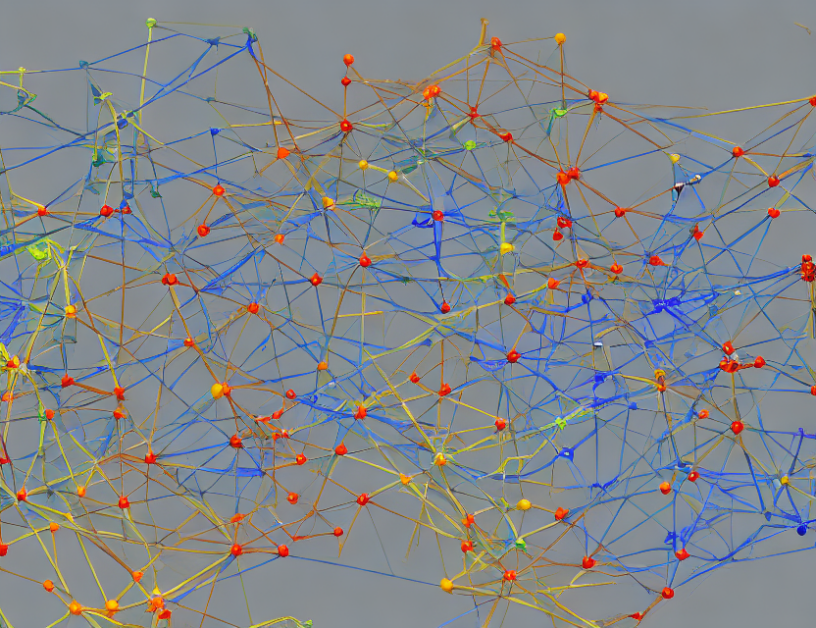Visual reasoning is a crucial aspect of artificial intelligence, enabling machines to comprehend and interpret visual data from their surroundings. However, this task is not as simple as it seems. To tackle the complexity of visual reasoning, researchers have developed various methods that focus on aligning concepts onto objects in the visual scene. But what happens when new concepts are introduced? The existing knowledge must be updated to accommodate these novel ideas, just like how we humans continually learn and adapt. This article delves into the novel approaches that address this challenge and demystifies complex concepts with engaging analogies.
Section 1: The Challenges of Visual Reasoning
Visual reasoning is akin to solving a complex puzzle. Imagine you’re given a set of pieces, each representing an object in a visual scene. To solve the puzzle, you need to find the right pieces that fit together and create a coherent picture. However, the number of possible combinations is vast, making it challenging to identify the correct solution. This is where machine learning algorithms come into play, enabling AI agents to learn from experience and improve their visual reasoning abilities.
Section 2: The Competence-Aware Curriculum
The researchers in this study proposed a novel approach called the competence-aware curriculum for visual concepts learning via question answering. Imagine you’re taking a cooking class, and your instructor teaches you how to make a delicious dish. But before you start cooking, your instructor assesses your skills and identifies areas where you need improvement. This assessment becomes the curriculum for your learning, tailored to your specific needs. Similarly, the competence-aware curriculum adapts to the robot’s understanding of visual concepts, continually updating its representation as new information becomes available.
Section 3: The Role of Novel Concepts
Introducing new concepts is like adding a new ingredient to your cooking recipe. At first, it may seem unrelated or even incompatible with the existing knowledge. But with continued exposure and understanding, the novel concept can become an integral part of the overall dish, enhancing its flavor and complexity. In visual reasoning, when a robot encounters a new concept, the competence-aware curriculum updates the representation of all related concepts, ensuring a more comprehensive understanding of the visual scene.
Section 4: The Transparency of Visual Reasoning
Visual reasoning is often shrouded in mystery, with its complexities making it difficult to decipher how AI agents arrive at their conclusions. Imagine trying to solve a puzzle blindfolded – you may stumble upon the correct pieces but struggle to understand how they fit together. To address this challenge, researchers have developed transparent models that provide insights into the decision-making process of visual reasoning. These models enable us to comprehend how AI agents reason visually and improve their performance.
Conclusion: Unlocking Visual Reasoning’s Potential
Visual reasoning is an essential aspect of artificial intelligence, enabling machines to comprehend and interpret visual data from their surroundings. By demystifying complex concepts with engaging analogies and metaphors, this article has delved into the novel approaches that address the challenges of updating knowledge in visual reasoning. The competence-aware curriculum adapts to the robot’s understanding of visual concepts, continually updating its representation as new information becomes available. By providing insights into the decision-making process of visual reasoning, these models enable us to comprehend how AI agents reason visually and improve their performance. As we continue to unlock the potential of visual reasoning, we may one day witness AI agents that can perceive and interpret the world around them with human-like intelligence.



